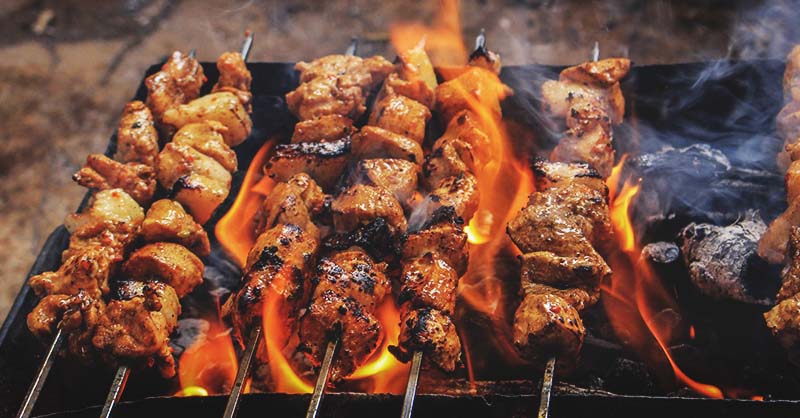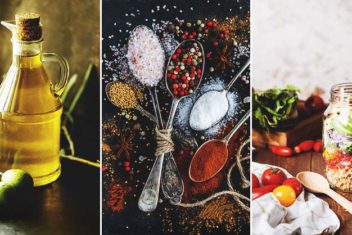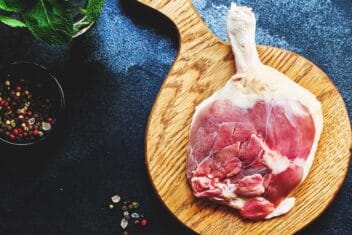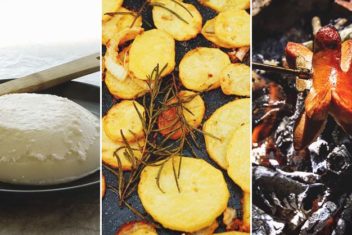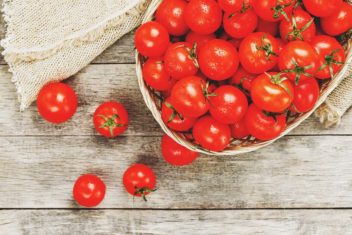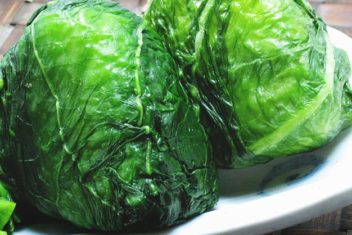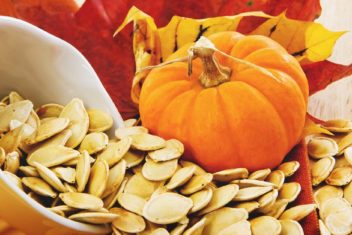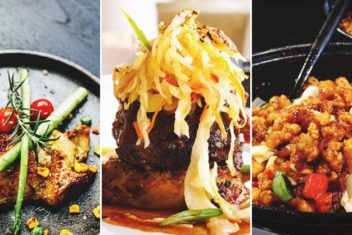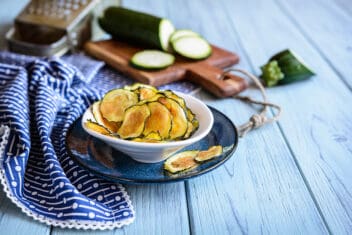Are you interested in learning how to preserve your foods using different methods? When I first began preserving my own foods, I was fully consumed with canning.
Though canning, freezing and dehydrating are still some of my most preferred methods of food preservation, I’ve branched out into salting and smoking foods as well.
These are some of the oldest food preservation methods, but they still work. If your curious how you can preserve foods through salting and smoking, you’re in the right place.
I’ll walk you through both salting and smoking and fill you in on how they work and how you can salt and smoke your foods.
Here’s what you should know about salting and smoking your foods for preservation:
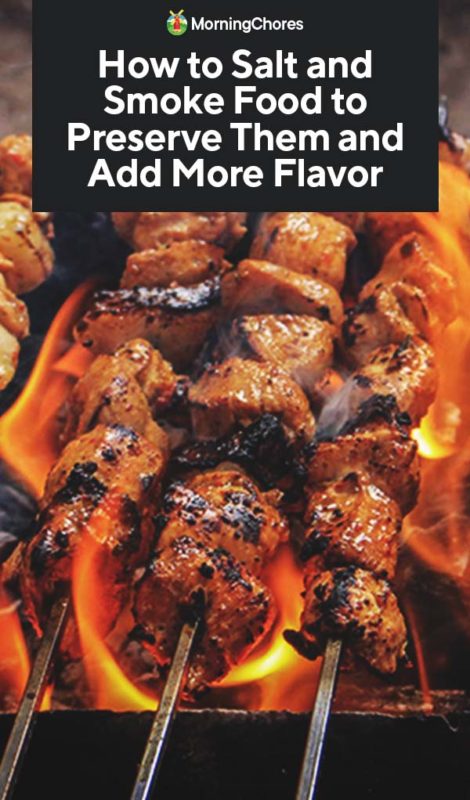
Food Preservation Method #1: Salting
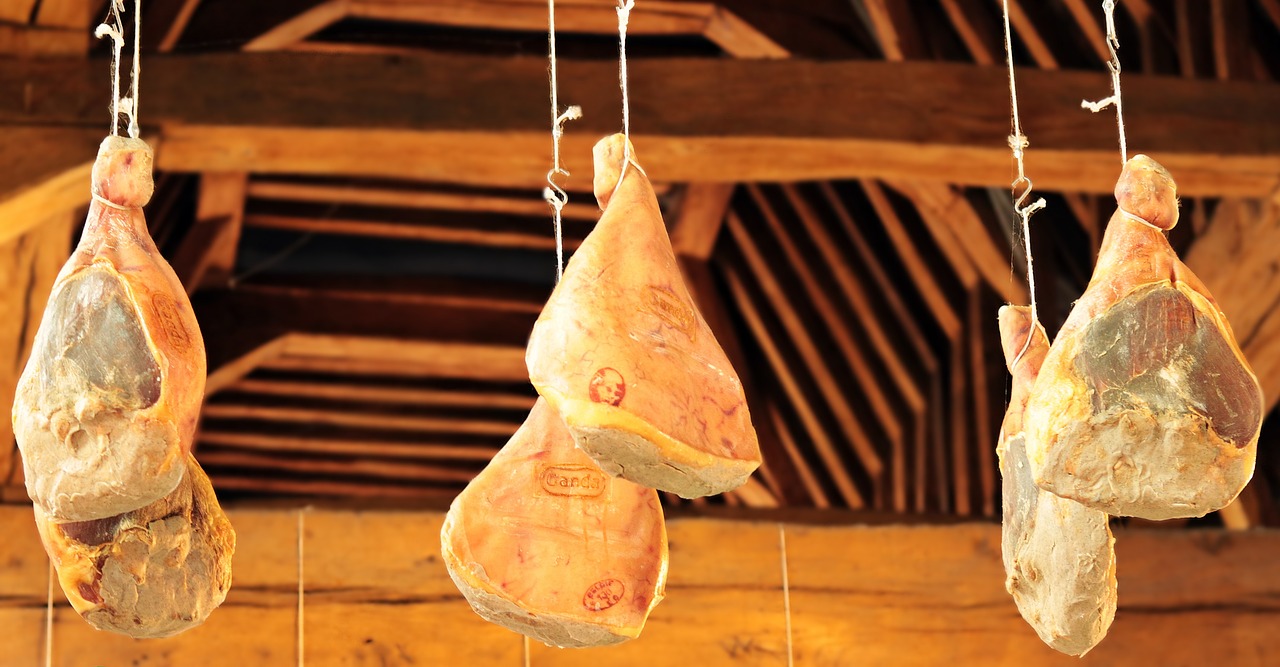
Salting for a food preservation method works because the salt pulls the moisture out of the item being salted. By removing the moisture, you remove the opportunity for bacteria to grow.
This is a great food preservation method because it requires few resources, and the food no longer requires refrigeration.
Salted meats can be hung in a cool, dry location and no longer require refrigeration or freezing for the meat to be still safe to eat.
I use the salting method when preparing our country hams each year. It’s vital to get salt in every crevice of the meat.
If you miss one crevice (with hams, it’s the hock location), bacteria will form, and it’ll spoil the entire piece of meat.
How to Salt Your Foods
Since you know a little about how the salting method works, let’s discuss the steps to the process. Salting is typically used to preserve meat and is what we’ll discuss here.
Here’s what you should know:
1. Clean the Meat
Before you begin salting any piece of meat, it’s important to make sure the meat is clean. If you processed the meat yourself, double check the entire cut of meat.
Make sure all hair and membrane have been removed. If you had someone process the meat for you or if you purchased the meat from a local store, still give the meat a second look to make sure there’s no hair or dirt on the meat.
When the meat is clean, rinse it under cold water. This will help ensure any smaller items have been rinsed away from the meat and won’t be included in the preserving process.
2. Throw the Salt at It
After the meat has been rinsed, it’s ready to begin the salting process, which is the fun portion of this process to me.
The meat is placed in a giant pan, and you get to free pour salt all over it. Once the salt is in the pan, you pack the salt tightly all over the meat.
Again, make sure you get it into every crevice to avoid the meat spoiling. Make sure the salt is approximately one inch thick all the way around.
Don’t be frugal with salt when using this method. When in doubt, apply more salt. It’s better to have too much than not enough. You can also add additional herbs and spices during this part of the process if desired.
3. Let It Hang
When the meat has been salted, it’s time to hang it in a cool, dry location. If you have an issue with bugs getting into the meat be sure to wrap it in a cheesecloth, ham sock, or a pillowcase.
We use a pillowcase for our country hams. Since we process our pigs when it’s cold outside, we can hang the hams in our outdoor smokehouse while they dry.
However, some meat can be processed when it isn’t cold outside. If this is the case for you, consider hanging the meat in your refrigerator.
We have a spare fridge in our garage where we’ve hung hams in the past to drain because we had a sudden hot flash during the middle of winter.
The meat can be left to cure in the salt anywhere from one month to a year. In our case, we allow the meat to hang in our smokehouse for approximately six months.
From there, we bring the meat inside, rinse the salt, and rewrap it in another pillowcase. It gets hung in the root cellar until we’re ready to use it.
4. Wash and Cook
When it’s time to eat the meat, be sure to rinse it well. It’s important to remove as much salt from the meat as you can to make it palatable.
Once the excess salt is removed, cook the meat as desired. Again, salting is commonly used when preparing country ham.
However, you can use it for a variety of meats.
5. Brining and Pickling
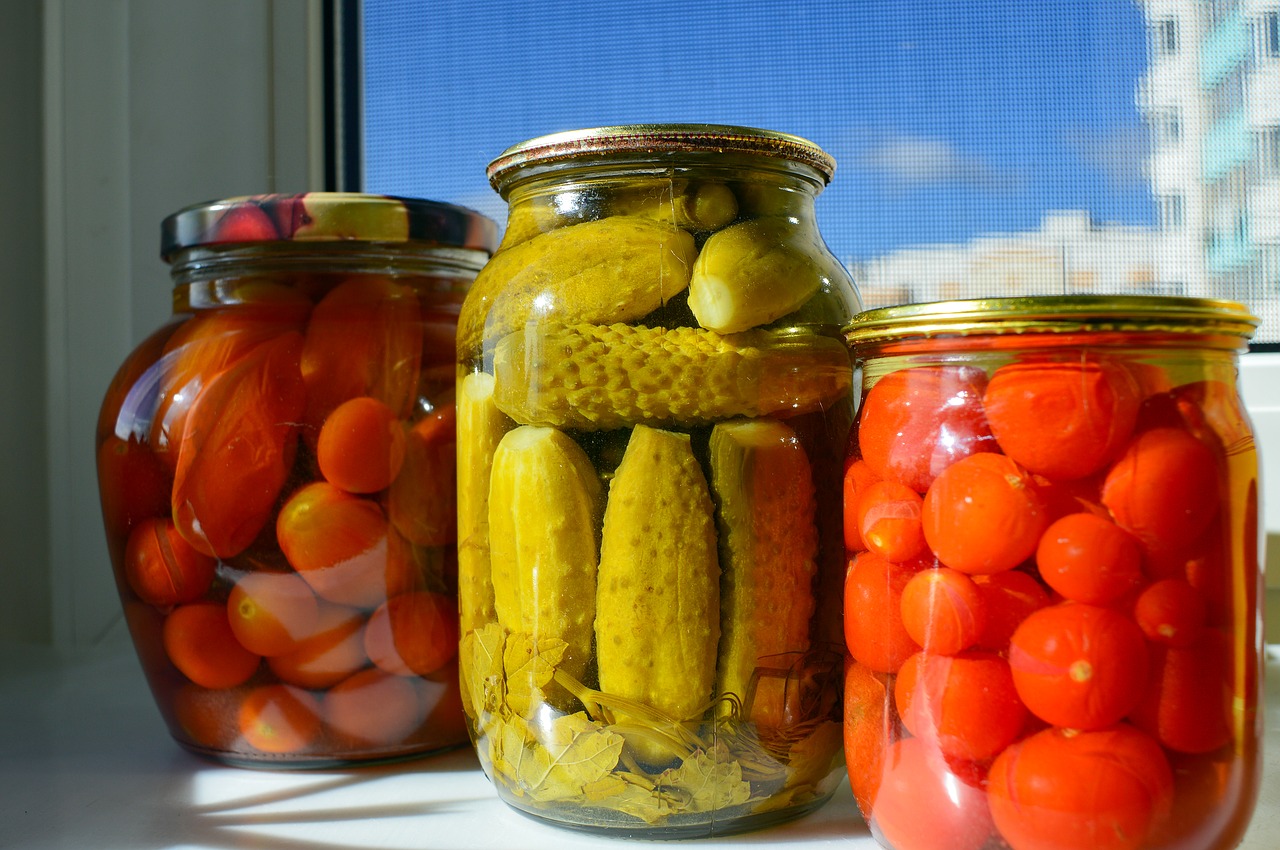
There are other methods to use salt to preserve foods. If you’d like for your meat to have a different flavor, you can store it in a brine for a week before cooking or salt curing it.
You can also preserve your vegetables using salt by pickling them. Salt curing works well for eggs too.
Food Preservation Method #2: Smoking
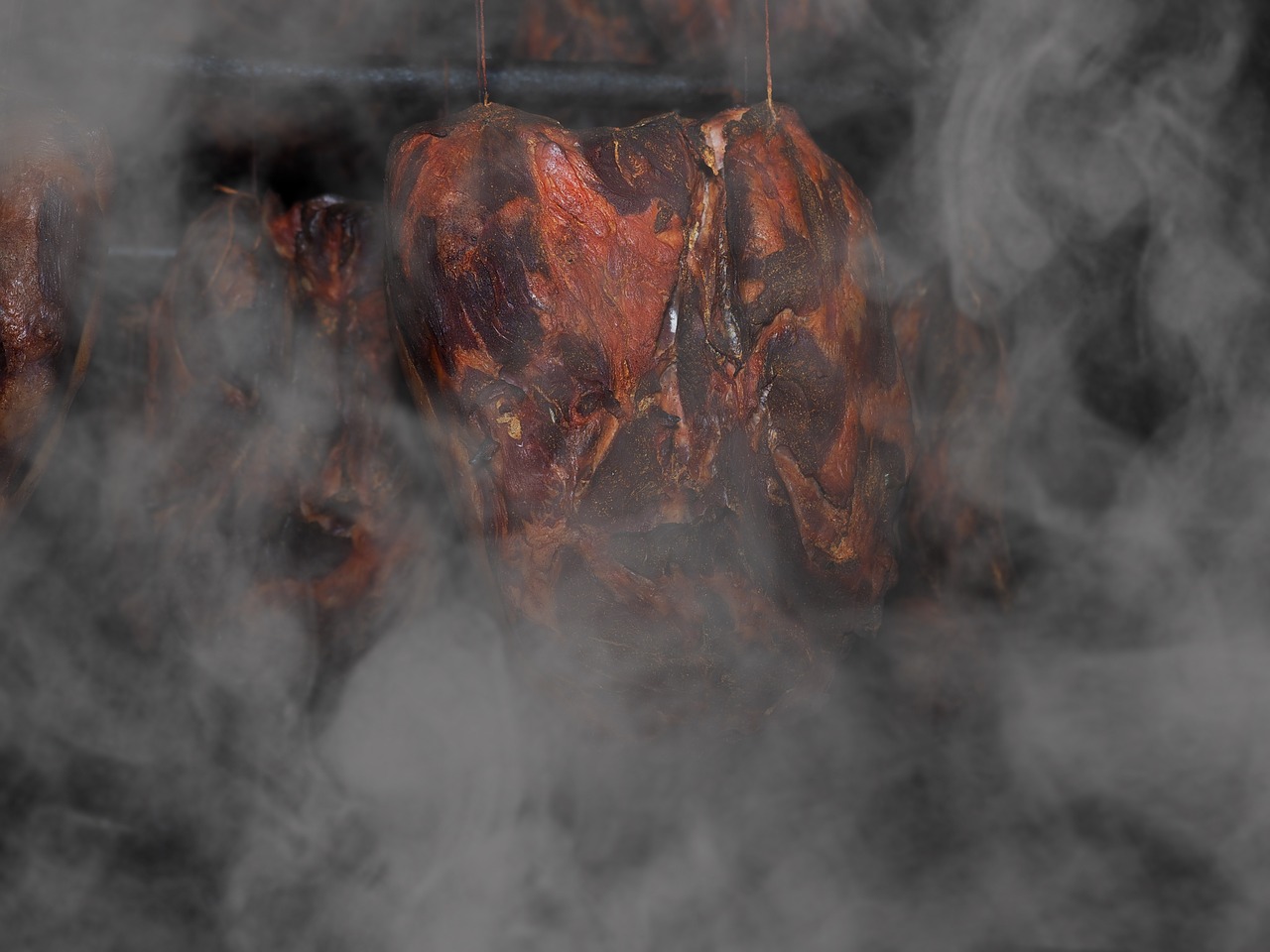
Another food preservation method which tends to go hand in hand with salting is smoking. There are two different smoking methods.
You can hot smoke foods (typically meat) which is an excellent option because the heat kills off the bacteria which may linger on your meat.
The heat will also dry out the meat, which makes it difficult for bacteria to thrive.
There’s a second option for smoking which is called cold smoking. I use this method when making homemade bacon.
Cold smoked foods are usually preserved by salt curing prior to being cold smoked. Some people will ferment the foods before cold smoking for preservation.
This type of smoking will give the food the smoky flavor without cooking it. Foods should still be fully cooked before eating after the cold smoking process.
How to Smoke Your Foods
If you choose to hot smoke your foods, it requires a heat source. You can either purchase a smoker, heat up your smokehouse, or use your grill with a smoker tube.
Choose the type of wood or smoking pellets you’d like to introduce to your meat. Add the meat to the smoking element and cook until done.
Smoking times will vary depending upon which food item you’re smoking, and to give you some ideas, we have exceptional smoker recipes.
If you choose to cold smoke your food, again add it to the smoking device. I use our smoking tube inside the smokehouse.
It puts off no heat but does an excellent job incorporating the smoky flavor into the food. If you use another smoking method, make sure the smoke is producing with little to no heat being put into the cooking area.
Allow the meat to smoke until it’s dried.
Salting and smoking are two food preservation methods that are easy and help make delicious foods you and your loved ones will enjoy.
Salting and smoking are most commonly used for meat, but they’re an excellent way of adding flavor variety around the homestead.

